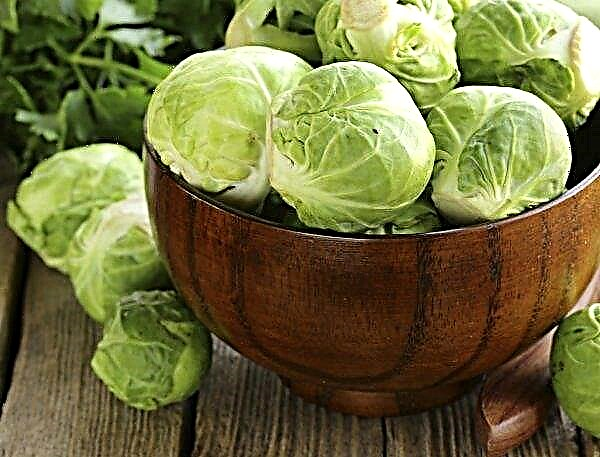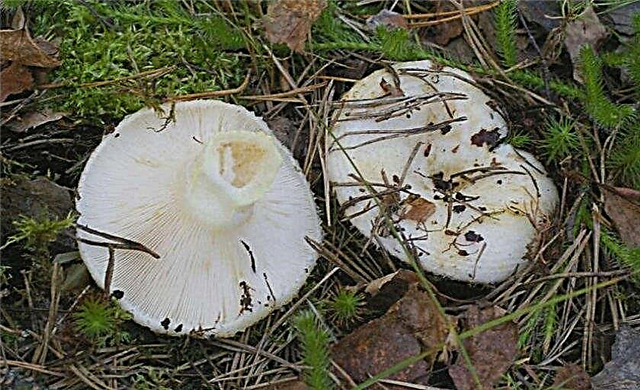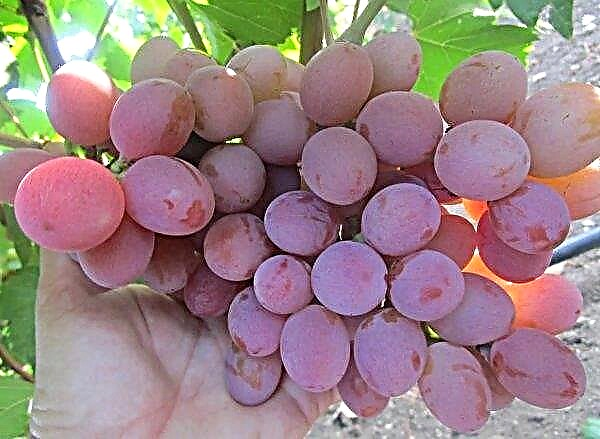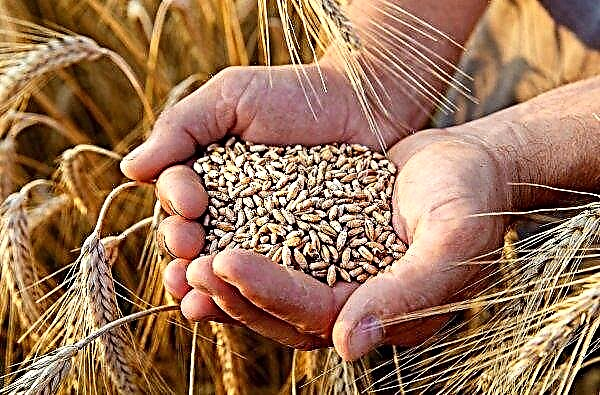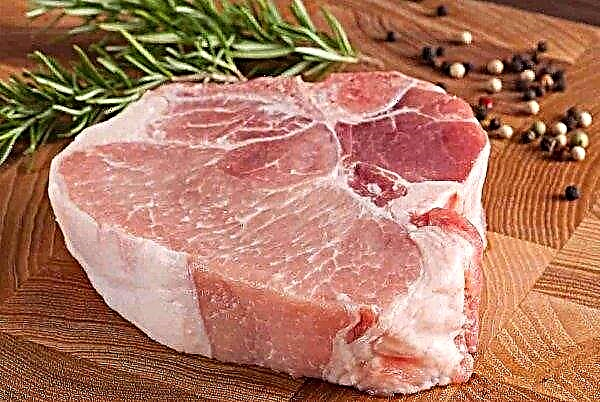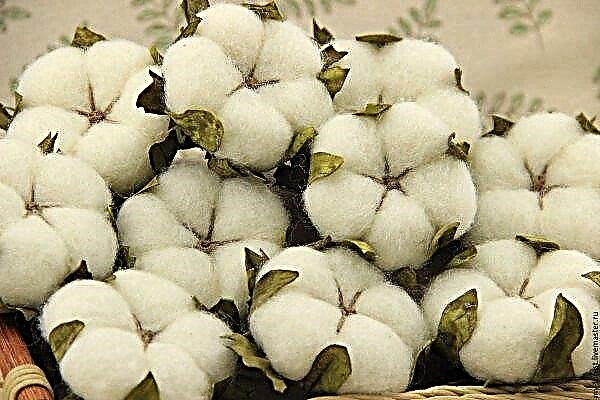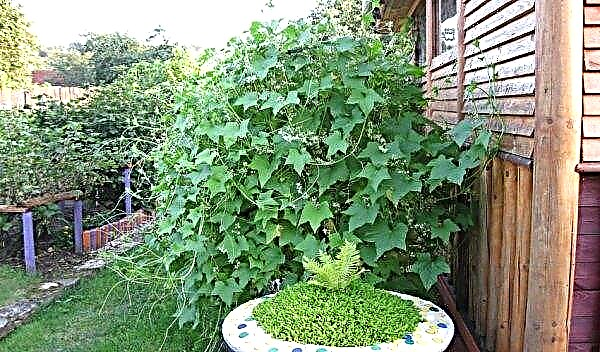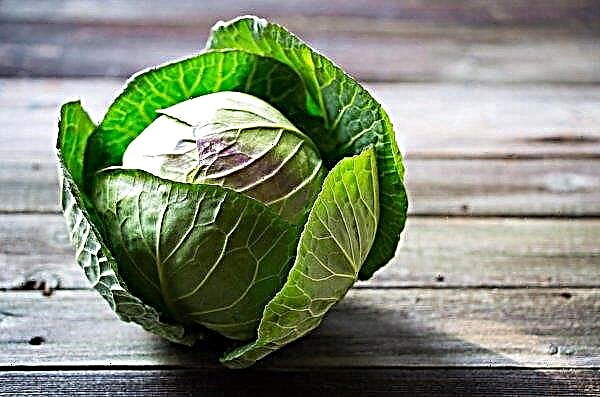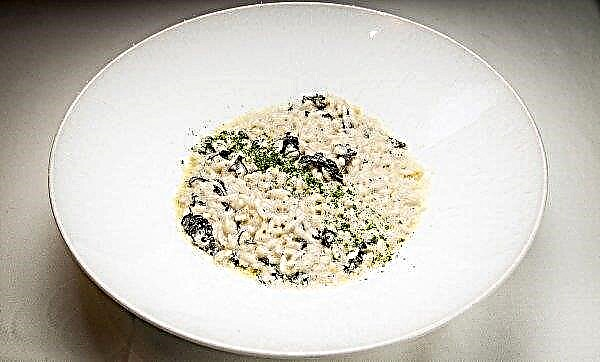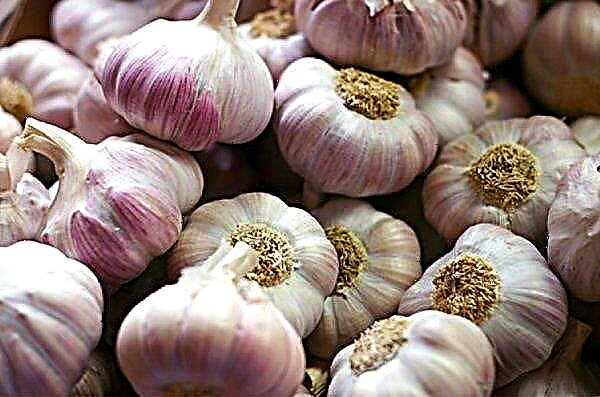Irbitsky potato varieties appeared on the market relatively recently, however, for several years of active cultivation, many vegetable growers have already liked it. This variety is valuable for those who planted it, due to its unpretentiousness, resistance to weather changes, as well as excellent taste. Next, you will learn about the main features of Irbitsky potato, as well as get acquainted with the basic rules for its successful cultivation.
Description and characteristics of the variety
Irbitsky is an unpretentious mid-season potato variety intended for cultivation in temperate and northern climatic zones. From the beginning of seedlings to digging tubers often takes from 70 to 90 days, this makes it possible to get a crop even in areas with a short summer. The plant was bred not so long ago: in 2009, the variety first arrived for industrial testing, after which it instantly conquered the modern market for fruit species. The authors of the plant were Russian breeders from the Ural Research Institute of the Russian Agricultural Academy.
Did you know? One of the most famous toys in the world is Mr. Potato Head. This is a plastic tuber with all kinds of replaceable parts and accessories (eyes, ears, hands, boots, cap, tongue, mustache, etc.).
This potato has typical morphological features: it is a medium-sized herbaceous plant, with a semi-erect stem and an intermediate type of growth. The height of the plant is in the range of 50-60 cm. The leaves are large or medium in size, of an intermediate type, the color of the leaves is saturated bright green. The leaf blade is unpaired and dissected and consists of 3–7 lobes. The variety blooms amicably and plentifully. At this time, small flowers develop on the bush with anthocionic color on the inside. After flowering, fruits appear on the bush - multi-seeded berries of a light green hue, about 2 cm in diameter. In their shape and structure, they are similar to the fruits of tomatoes. Berries are poisonous, therefore they are not used in food. The tubers of the variety are round in shape, slightly oblong, with red-yellow skin. The tubers develop small eyes of a dark red color. The pulp of tubers in the section is dense, watery, saturated pale yellow. The size of the tubers is average; the mass of the average specimen does not exceed 190 g.
In their shape and structure, they are similar to the fruits of tomatoes. Berries are poisonous, therefore they are not used in food. The tubers of the variety are round in shape, slightly oblong, with red-yellow skin. The tubers develop small eyes of a dark red color. The pulp of tubers in the section is dense, watery, saturated pale yellow. The size of the tubers is average; the mass of the average specimen does not exceed 190 g.
The crop yield is high: under optimal growing conditions, you can collect from 25 to 40 tons per hectare. The palatability of potatoes is increased; tubers are characterized by a rather high content of starches and a low sugar index. This makes the pulp moderately saturated with aromatic substances and tastes good. In turn, dishes from this potato have a moderate potato flavor, which makes it universal for the preparation of any dishes and side dishes.
Advantages and disadvantages
- The variety has become popular thanks to such features:
- high productivity;
- unpretentiousness to growing conditions;
- excellent crop keeping quality (about 97%);
- resistance to major infectious lesions;
- low coefficient of degeneracy;
- tubers are resistant to mechanical damage;
- increased commercial qualities of tubers;
- the crop ripens together, this allows you to get large tubers of almost equal size.
No shortcomings were found in the variety Irbitsky throughout its entire history of existence. Some difficulties, including a decrease in yield, were observed only in the case of gross violations of agricultural cultivation techniques and general rules for planting care.
Planting potatoes
This type of potato does not require any complicated planting methods, so every gardener can cultivate it on his plot. The main thing at the same time is to choose high-quality and healthy planting material, as well as to properly prepare the site for planting. In this case, it is necessary to take into account not only the physiological characteristics of the plant, but also its metabolic needs.
Crop rotation rules
The first thing to know when planting potatoes is that it requires fertile soil and a special soil microclimate. This can be achieved by alternating on the site of diverse cultures. In this case, it is possible not only to ensure a moderate extraction of nutrients from the soil, but also to protect the tubers from damage by a variety of pests and diseases. This is explained by the fact that when growing potatoes in a monoculture, the soil is actively saturated with the remnants of tops and other tissues. Due to this, a favorable background is created in the soil for the long-term preservation of pathogens of specific infections, as well as larvae of insect pests. There are many crop rotation programs with the active use of potatoes, but among summer residents, the so-called two- and three-year crop rotations are considered the most popular. They are based on the division of the site into 2 or 3 uniform zones, respectively, on which a separate crop is grown. Alternately, with each season, crops are replaced between zones, which creates optimal conditions for long-term potato yields without any problems.
There are many crop rotation programs with the active use of potatoes, but among summer residents, the so-called two- and three-year crop rotations are considered the most popular. They are based on the division of the site into 2 or 3 uniform zones, respectively, on which a separate crop is grown. Alternately, with each season, crops are replaced between zones, which creates optimal conditions for long-term potato yields without any problems.
Important! The worst predecessors for the Irbitsky potato variety are tomatoes, eggplant, bell peppers, and other potato varieties. In their place, it is recommended to cultivate potatoes no earlier than in 2-3 years.
When using a two-year crop rotation, one field is occupied by potatoes, and on the second, other vegetables and herbs are cultivated. After harvesting the potatoes, the entire plot must be seeded with green manure, which must be mowed and plowed before wintering. In the case of a three-year system, potatoes are grown in one zone, vegetables in the second, and legumes in the third. After harvesting, the area under the potatoes is seeded with green manure, which later also mow and plow.
Landing time
Potatoes are planted only in well-warmed soil - at a depth of 10-15 cm, the soil should warm up to at least +7 ... + 8 ° С. In the middle lane, this period begins in early to mid-May. Earlier dates can lead to freezing of planting material. Planting a crop at a higher temperature will lead to a weak and insufficiently branched root system, which helps to reduce the number and size of tubers.
Soil preparation
Soil preparation for potatoes should begin in the fall, for this the site needs to be fertilized with organic substances. Best suited for this is the introduction of freshly cut green manure crops or manure (0.5–1 kg / m²). Fertilizers should be applied in late autumn, a few weeks before the onset of frost, after which the soil is plowed to a depth of 25-30 cm. During the winter, the organics break up into substances more suitable for plants and saturate the soil well with them.
In the future, soil preparation is started in the spring, after the optimum temperature regime for planting. At this time, a mixture of 1 bucket of humus, a glass of chopped wood ash, 30 g of superphosphate and 15 g of potassium nitrate should be added to 1 m² of soil. After feeding, the site should be carefully plowed to a depth of 12-15 cm.
Preparing planting material
It is also necessary to prepare planting material in advance, approximately 20–25 days before the expected date of planting of tubers. The procedure takes place in several stages:
The procedure takes place in several stages:
- Thoroughly inspect the tubers for any pathologies and diseases.
- Sort planting material by shape.
- For planting, select only potatoes of the same shape, with a dense skin and at least 3–6 eyes.
- After that, place in a well-lit room, at a temperature of +20 ... + 22 ° С. Under such conditions, the potato accumulates in itself solanine - a substance toxic to infections and parasites.
- Directly before planting, divide the tubers into parts so that each of them has at least 3 full eyes.
Did you know? Potato is the first fruit species in the world that has been successfully grown in space. It happened in 1995 aboard the American shuttle Columbia.
Landing technology
Potatoes need to be planted in previously prepared furrows or individual holes in a row-like fashion. Rows are evenly spaced throughout the landing area, parallel to the longest side. A distance of about 60 cm is maintained between individual plants, while the row spacing should be about 35–40 cm. Tubers are planted to a depth of 10 cm, after which they are carefully wrapped with soil. The soil does not need additional compaction, as this will lead to an extension of the germination time. If possible, plantations should be watered, however, this is not necessary, since during planting, the soil often retains previously accumulated moisture.
The soil does not need additional compaction, as this will lead to an extension of the germination time. If possible, plantations should be watered, however, this is not necessary, since during planting, the soil often retains previously accumulated moisture.
Features of growing and caring for potatoes after planting
When growing potatoes, the most attention should be paid to soil care. To achieve large tubers, plantings require periodic weeding, cultivation and hilling. Loosening and weeding is recommended to be combined - this way you can remove weeds from the beds, as well as saturate the soil with oxygen. The first time weeding and loosening is necessary 3-4 weeks after planting the tubers, to a depth of the topsoil up to 10 cm.
Important! The Irbitsky variety does not need mandatory watering. But in order to increase the quality of tubers, in the drought, the beds should still be irrigated (no more than 3 times per season). Potatoes need to be spilled abundantly so that moisture can reach the lower horizons of the soil.
In the future, weeding and loosening should be carried out as necessary, to a depth of not more than 7 cm. Hilling is the main condition for the formation of a large root system on which tubers will develop. Without this, potato yields are reduced, and the size of potatoes is reduced by 2-3 times. The first hilling should be carried out when the plants reach a height of 16 cm, the next - during the closure of the tops and after flowering. Potatoes do not need additional top dressing. With proper soil preparation, fertilizers applied in autumn and early spring should be fully sufficient to ensure plantings with all the necessary nutrients and minerals.
Potatoes do not need additional top dressing. With proper soil preparation, fertilizers applied in autumn and early spring should be fully sufficient to ensure plantings with all the necessary nutrients and minerals.
Potato diseases and pests
This variety is resistant to most specific infections, therefore, it is affected by them only in case of gross violations of agricultural cultivation techniques. At the same time, potatoes are not resistant to all kinds of pests, including the Colorado potato beetle, wireworm and bear. Therefore, plants necessarily require preventive protective measures. To do this, when planting, a small handful of wood ash must be added to each hole.
A thoroughly chopped egg shell lubricated with vegetable oil (10 g / well) will help increase the effectiveness of prevention. To protect potatoes from insect pests, beds also need to be treated with solutions of Aktara, Confidor or Prestige preparations. The procedure is carried out once a month, but not later than 30 days before the expected date of harvest, and not earlier than 20 days after planting the tubers.
Harvest dates and basic rules for storing crops
Harvest is ready to harvest after the tops of the beds turn yellow. As a rule, this period begins in the second half of August - early September. In order to increase the quality of tubers, about 7-10 days before the date of digging potatoes, the tops should be cut. This better helps to accumulate additional nutrients in the crop, as well as to form a dense peel on the tubers that is not subject to mechanical and other damage. A freshly dug crop must be thoroughly dried - for this, leave it for 3-4 hours, left in the sun, and then transferred to a shaded place for 14-20 days. After this, the tubers must be well cleaned of soil and sorted into food, planting and rejected material. Only large tubers are used for food, the rest should be left for planting in the next season. Fruits with a clear infection and pest infection are discarded and disposed of. Sorted potatoes need to be transferred to a cellar or a warm basement.
A freshly dug crop must be thoroughly dried - for this, leave it for 3-4 hours, left in the sun, and then transferred to a shaded place for 14-20 days. After this, the tubers must be well cleaned of soil and sorted into food, planting and rejected material. Only large tubers are used for food, the rest should be left for planting in the next season. Fruits with a clear infection and pest infection are discarded and disposed of. Sorted potatoes need to be transferred to a cellar or a warm basement.
The most optimal conditions for the preservation of the crop are:
- temperature - +2 ... + 3 ° С;
- humidity - 70–80%;
- complete lack of sunlight.
Irbitsky is one of the most promising modern varieties of potatoes. It is unpretentious, and is also able to grow and bear fruit well even in cold climates. Tubers have excellent taste, which makes it possible to use them for any dishes and culinary treatments. When cultivating a crop, it is imperative to comply with all the rules of agricultural cultivation, as well as the conditions for preparing the soil and planting material, otherwise the potato will be sick, which will directly affect its productivity.

